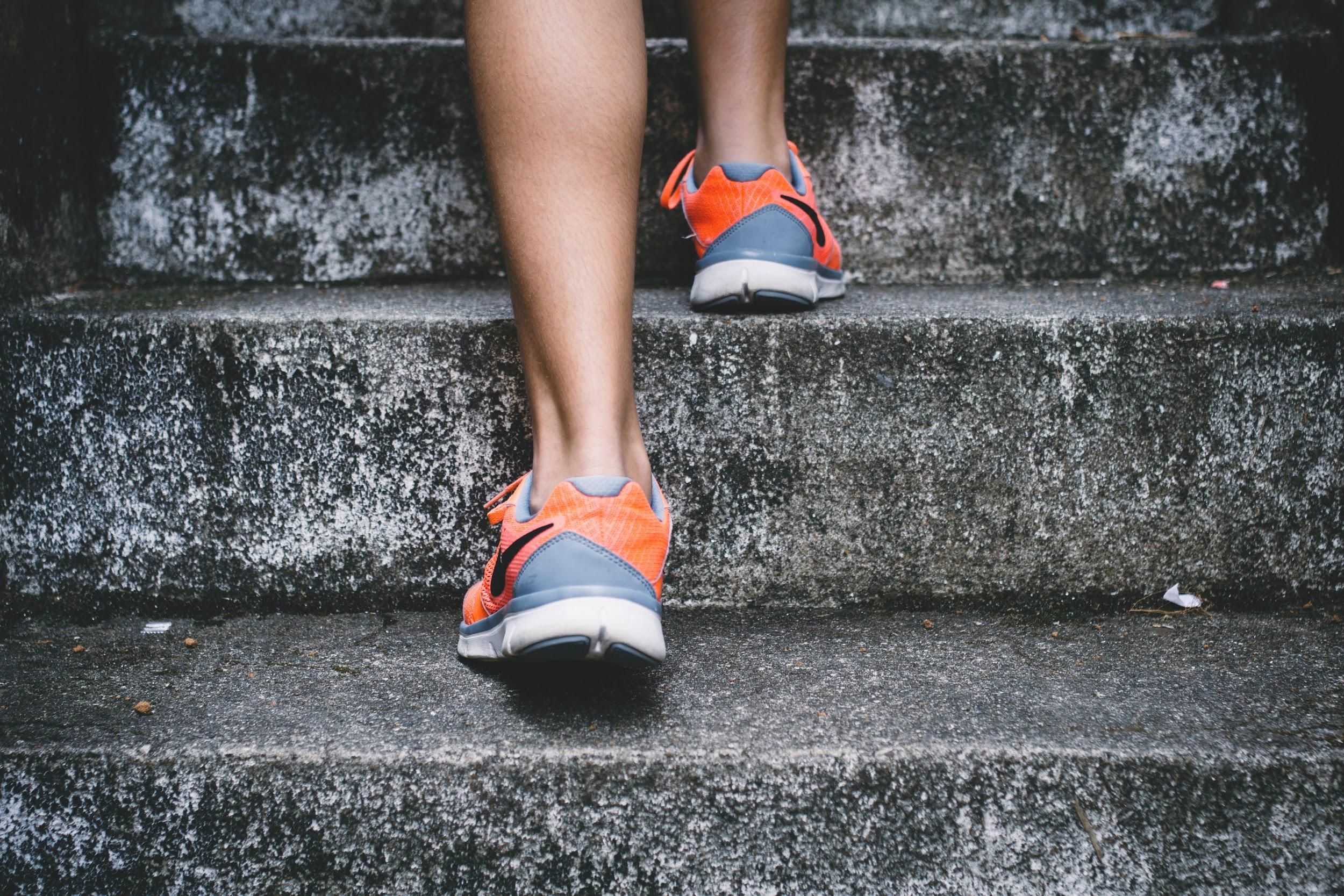We all know that exercise benefits us physically, but ripped abs and a healthy heart aren’t the only advantages to hitting the gym. The sense of camaraderie, structure and accomplishment we get from physical activity all speak to its myriad social benefits.
But with everyone at more than arms-length these days, the social aspect of exercise is what many of us have been missing most — it’s also what Connor Sheehan is most interested in.
An assistant professor at ASU’s T. Denny Sanford School of Social and Family Dynamics, Sheehan was curious to know which, if any, of the more socially oriented exercises, such as team sports, contribute to longevity.
In a paper co-authored with family and human development graduate student Longfeng Li and recently published in the journal Medicine and Science in Sports and Exercise, the researchers found that any exercise is beneficial, but stretching, volleyball and fitness exercises (i.e., walking, aerobics, cycling, etc.) in particular were associated with lower rates of mortality.
“It’s one of the most replicated scientific facts that exercise is good for humans and helps us live longer,” Sheehan said. “And a lot of research has been focused on the physiological benefits. But I’m a sociologist, so I think that exercise also benefits us sociologically by giving us other things that humans need, like social contact. … And of course, America is a really diverse society where people do a bunch of different exercises. So we wanted to see how those exercises stacked up against each other and which exercises led to longer life spans.”
In their study, which was funded by a grant from ASU’s Global Sport Institute, Sheehan and Li used data collected by the National Health Interview Survey of 26,727 American adults ages 18 to 84 to examine the effect of 15 different exercises on mortality rates. The survey participants were asked once in 1998 what type of exercise they engaged in, then followed for all-cause mortality through the end of 2015.
During 17 years of follow-up, 4,955 deaths occurred. After adjusting for such factors as demographics, socioeconomic status and health behaviors, researchers found that walking, aerobics, stretching, weight lifting and stair climbing were related to lower risks of mortality. When adjusting for engagement in all exercise types, stretching and volleyball were found to be uniquely associated with lower risks of mortality.
Their findings suggest that some types of exercise have unique benefits for longevity, but most are indistinguishable in relation to longevity.
“What that means,” Sheehan said, “is that if you’re doing any exercise, that’s better than if you’re doing nothing. So I think what’s best is to just keep doing what you can consistently do, what you consistently enjoy doing. I wouldn’t go out of your way to adjust your lifestyle to the results of this study, because it might be harder for you to stretch than to play volleyball, for instance.”
One exercise they found to have a negative effect on longevity was baseball, which they presume is due to the culture of chewing tobacco associated with the sport. And surprisingly, in spite of its association with the neurodegenerative disease chronic traumatic encephalopathy (CTE), they did not find that football was associated with increased mortality.
In addition, Sheehan and Li found that the benefits of exercise did not vary across different types of social groups, meaning any type of exercise is good for everyone.
“You can promote any type of exercise and everyone gets equal benefit,” Sheehan said. “So exercise and engagement in sports should be foundational in promoting population health.”
However, he was hesitant to state whether the study’s findings support an argument for a return to in-person, community and professional sports.
“You have to balance the physical risk of getting a disease that can permanently alter the health of young people with the social benefits they would be getting from team sports,” he said. “It’s tricky.”
One exercise Sheehan and Li were unable to measure that was less popular in 1998 but has quickly become a virtual favorite during quarantine is yoga.
“Yoga is so good for times like these because you don’t need much space, you don’t need much equipment and it’s good for mental health,” he said.
And while it might be hard to play volleyball or basketball on Zoom, Sheehan said that whatever helps you do any exercise so that you’re getting physiological and social benefits is best.
“If what was driving you to go to yoga was that you were doing it with your friend, and you can now do YouTube yoga over Zoom, that’s going to help bring back the social benefits with the physiological benefits,” he said.
Sheehan, who has conducted research on sleep in the past, is interested in expanding on these most recent findings to see how different types of exercise affect sleep quality.




